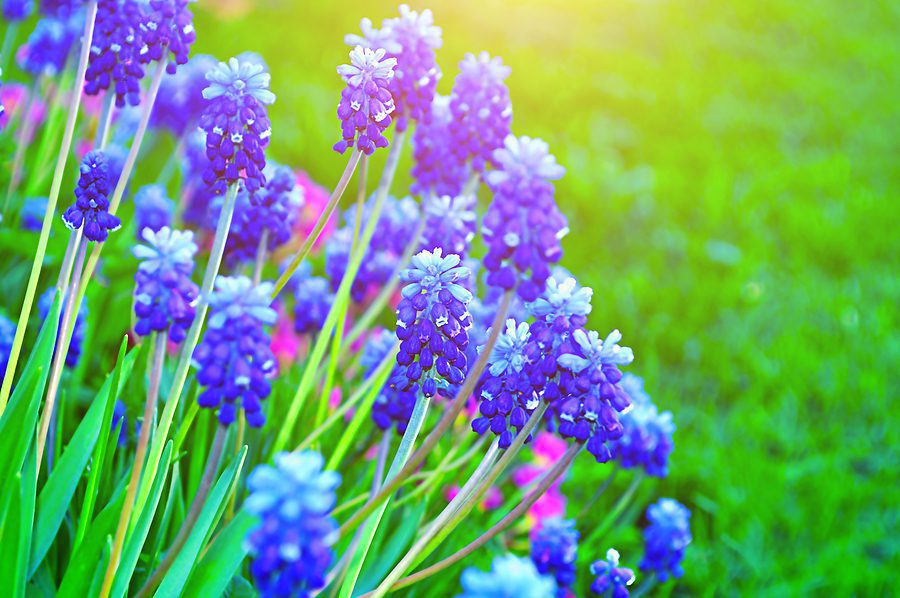How Do I Plant Perennials in the Fall So They Thrive in the Spring?

Though it’s fall, you can get a head start on a beautiful spring garden! These are your next steps to ensure that your fall perennial planting thrives this spring.
Yes, it is!
Fall planting of perennials is an easy way to have a larger, more beautiful garden the next year. Though most gardeners are spring-planting oriented, fall is just as great a time to establish perennials in your garden. Here are just a few reasons for fall planting of perennials.
Enjoy Color In the Fall — And Again in The Spring
When you buy blooming perennials in the fall, you receive a seasonal two-fer. You love the fall garden of flowering perennials and again in spring and summer and for many years!
Fall weather is more consistent
The spring planting can be problematic. On the cold side, hard freeze and even snowstorms can make spring a bit less than springy. On the hot side spring weather can escalate into searing summer temps with hot dry winds.
Autumn, on the other hand, is more muted emotionally. Meanwhile, air temperatures are more consistently warm and the sun is less harsh. These weather patterns help h2er plant growth.
Plants welcome warmer soil
Soils in the spring are cold in northern climates. But, warm soil promotes the growth of root systems. And while autumn air temperatures do cool, soil temperature retains heat better than air temperature does – meaning soil stays warm and welcoming to plant root systems.
There’s less weed competition
If you’ve been diligent about preventing weeds all summer, your new perennials planted in the fall won’t be competing with any new upstarts.
You can garden when you have more time
Spring gardening season is like 5 o’clock traffic; there is so very much to do and hardly enough time to do it. A fall planting gives you a larger window of time in the garden; planting perennials in the Fall may seem more enjoyable, less time pressured.
Fall-planted perennials are like money in the bank
If you enjoy the concept of making an investment, then one should plant perennials. Spring plants will be bigger and healthier, and that’s a good bang for your buck.
Coordinate perennials with spring-blooming bulbs
If you plant perennials and spring-flowering bulbs simultaneously, you’ll receive a double dose of color next spring. Spring bulbs like daffodils and crocus pop up first, then perennials such as dianthus and garden phlox.
Get a jump on garden design
When you plant early, in fall, your perennials will be that much more vigorous in the spring/summer. So you will quickly identify the blank spots in your landscape that you can fill out with spring plants.
Early blooming perennials do better when planted in fall
Perennials that bloom in spring or early summer can be planted in late summer to fall. If you plant in the fall, early season bloomers are able to grow roots and gain some strength, which will be evident in the following year’s bloom.
Strategies for Fall Planting Perennials
If planting perennials in the fall, here are some tips:
- Plant pre-frost. Consult frost projections for your area and plant perennials at least 6 weeks prior to the first frost.
- No fertilizer – since autumn-planted perennials are preparing to enter winter dormancy in their next life stage, any new growth stimulated by feeding will be killed by the first frost.
- Do not plant spring aster, mum, black-eyed Susan or perennial ornamental grasses in the fall; they prefer to be planted in the spring.
- In cooler areas use mulch around newly planted, fall perennials to assist them in surviving the winter.
- Watering. Ensure that newly planted perennials are watered sufficiently to produce new roots.
